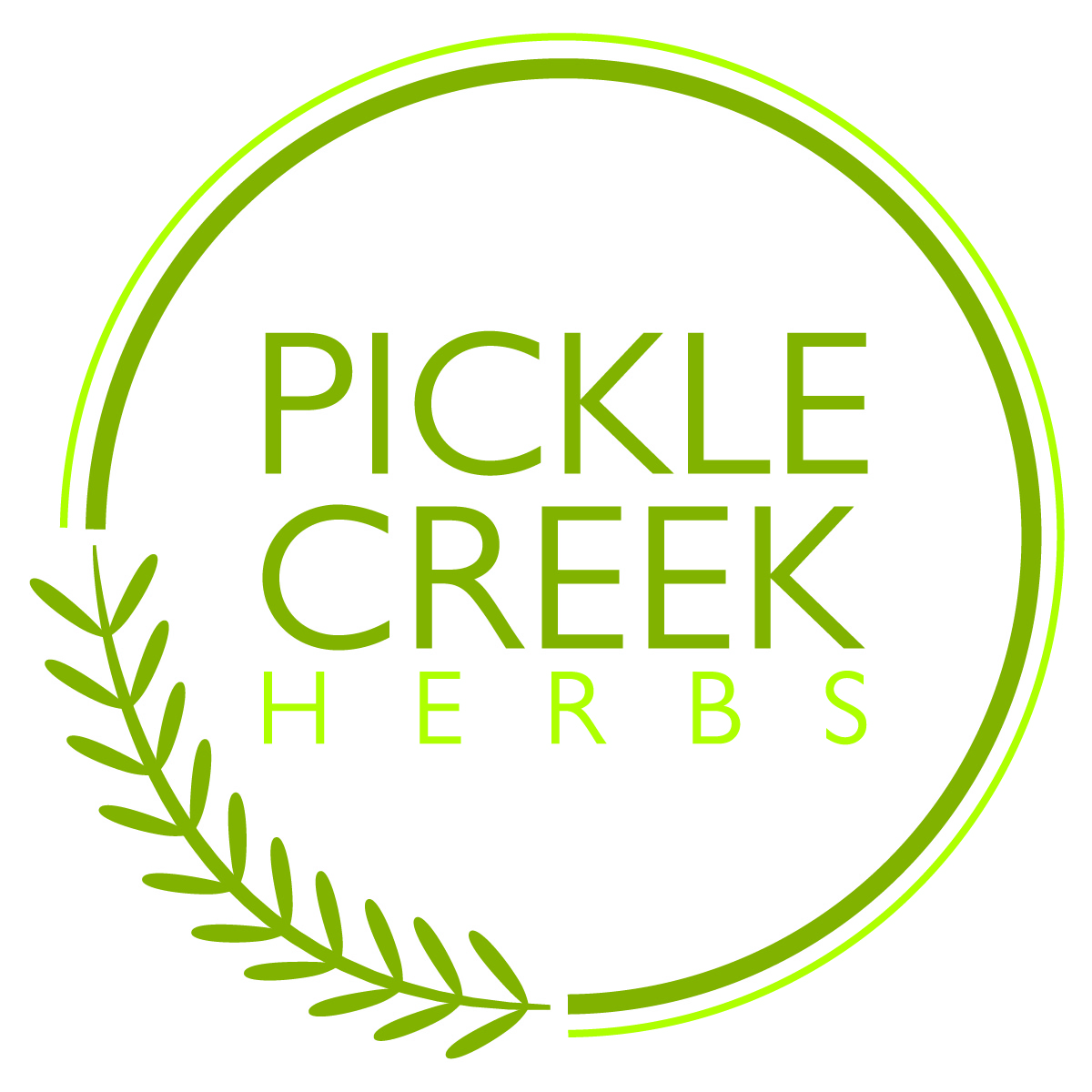Chives and Garlic Chives are some of the easiest herbs to grow. You can grow them in pots or in the ground, in the sun or in the shade. They are members of the Allium genus, which also includes shallots, garlic, green onions, and onions. Like garlic and onions, chives also form bulbs, but instead of eating chive bulbs, we eat chive leaves. These leaves stay slender and fine and have a nice mild flavor that makes for fantastic cooking.
Chives are hardy perennials that grow in a clump like grass. They send up new sprouts or shoots as they grow to maturity, and you’ll find that over time your chive clump has expanded. Chive clumps can grow to 8 to 12 inches across at the base. Chives thrive in full sun and in well-drained soil that is rich in organic matter, with a pH of 6 to 7, but as mentioned, they are pretty easygoing plants that can make a lot of conditions work. The roots of chives are thick and sturdy. Chives are some of the earliest herbs to come back in the spring, and they seem to be just fine with the cold, wet weather that Iowa tends to enjoy in early April.
Garlic chives are a slightly different version of the common, or onion, chives. Garlic chives have flat leaves instead of tube shaped and a more pronounced garlic scent. They are sometimes called Chinese chives and are used primarily in Asian cooking. Pink blossoms appear on common chives, whereas garlic chives have white blossoms. Chive blossoms are also edible and can be used to garnish salads.
To harvest chives, always cut across the plant, just a half inch from the ground. This tells the plant that new sprouts need to be sent up and they will regrow within two weeks or so. You can cut only a portion of the clump or even cut off the entire clump. If you end up harvesting more than you need, you can store chive leaves in a Ziploc bag in the freezer.
In the kitchen, try mixing chives into soft cheeses or dips. You can also use chives in herbal butters. Chives are also great in salads, and are easy to add to salad dressings, potato salads, pasta salads, and chicken or tuna salads. Chives also pair well with eggs. Try adding them to omelettes, deviled eggs, and quiches. Chives also bring flavor to soups, such as chicken soups or potato chowders. And speaking of potatoes, chives are somewhat famous toppings for loaded baked potatoes. Chives will always have a space in my kitchen herb garden!

